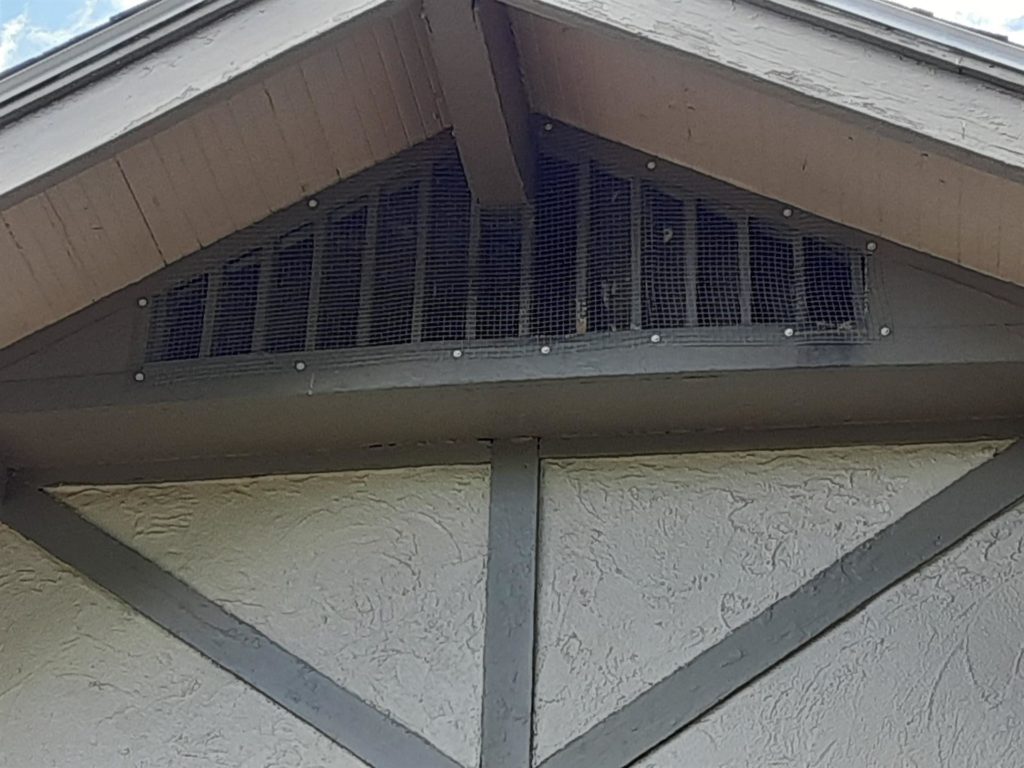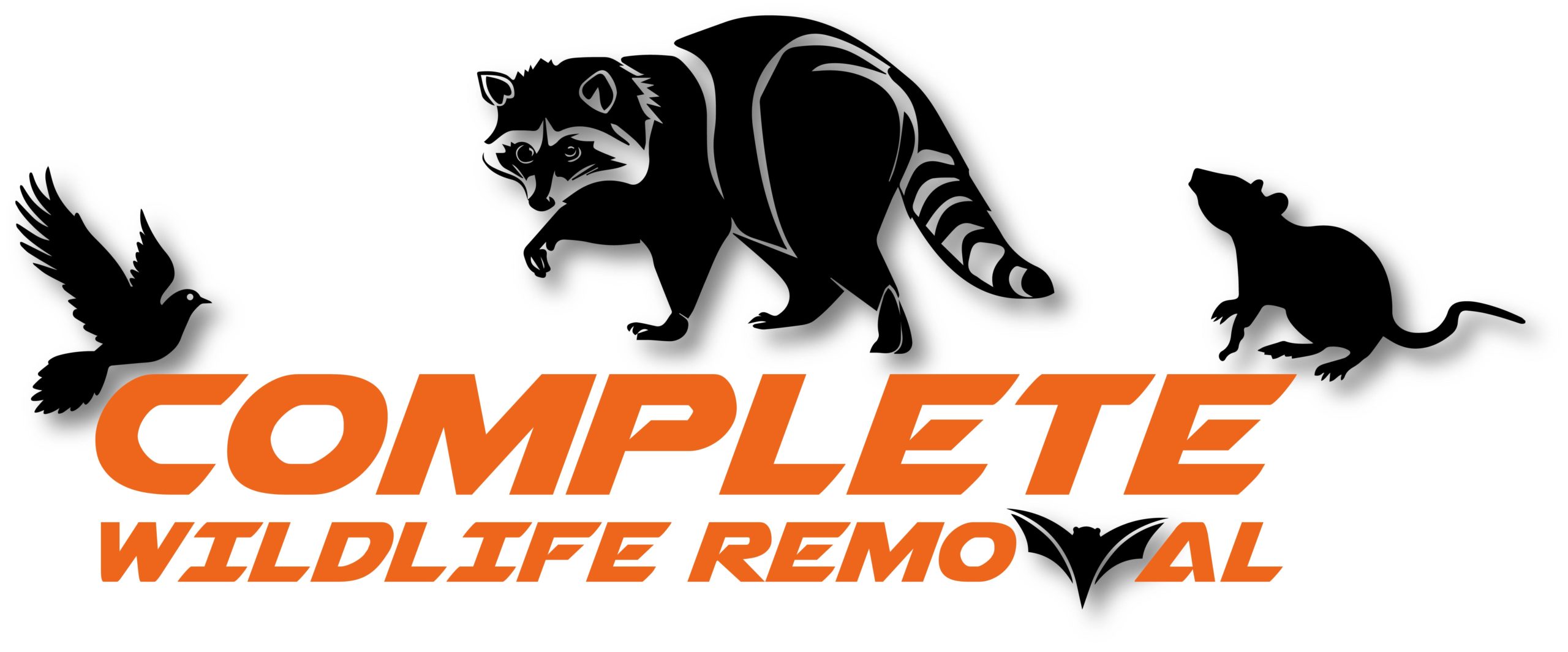Humane Squirrel Removal

Squirrel Removal
When you think of the word “pests,” squirrels may not be the first creature to come to mind. After all, in their natural habitats, squirrels can be a delight to watch as they scavenge for nuts and fruits. But, despite what you may think about squirrels in nature, they can be a dangerous, inconvenient, and damaging pest when they take up residence in your home.

How squirrels enter residential spaces
How do squirrels get into homes in the first place? Well, squirrels have unique talents that lend themselves to entering domestic spaces. First, they’re adept climbers, which means they can easily access loft or roof spaces in your home. Second, squirrels dig holes that can allow them into indoor spaces easily. They can easily exploit any existing holes, including holes from spaces you may have sealed in the past that were rushed or amateur.
The potential damage caused by squirrels
Squirrels can create a whole host of problems when they move into your home or commercial building. First, there’s the problem of contamination that is often associated with rodents and their droppings. Then, there’s damage to both the internal and external portions of your home. Squirrels are known to rip through soffit (the underside of any overhangs that you might have on your roofline or other architectural features) and tear through gardens and landscaping, all of which can be expensive fixes.
How to eliminate squirrels from your home
To mitigate this problem, it’s important to eliminate the squirrel from the residence as early as possible to prevent further damage. We’ll take care of this process for you by carefully trapping and removing the squirrel or squirrels in your space and blocking any entrances that may allow them to return to your building in the future. It’s important to us that you experience long-term relief from squirrels and other pests.
In addition to protecting your home from live squirrels, we’ll also remove any dead squirrels that might have been living in your walls, attic, or crawl space. You’ll know this may be occurring if there’s an overwhelming smell coming from these areas, and the rotting animal may also attract flies, rodents, and other pests. (Note that if the dead animal is not a squirrel, we’ll remove whatever it turns out to be. If all we have to go by is a smell, we may not know what the creature is until we remove it.)
Our team at Complete Wildlife Removal is made up of seasoned professionals who are experts at wild animal control and highly trained in the best methods and equipment to trap and remove pests. It’s our job to know each animal’s habits, their most active seasons and times of day, and—most importantly—the most effective and efficient techniques to trap them.
When it comes to squirrels, the most common process is to find the entry points, trap the squirrels or give them a path back to nature, then carefully seal off the entry areas. It’s important to find the entry points first (often by watching the squirrels or tracking their possible paths once you’ve located them) because without sealing every entrance point, the squirrels will likely return to your property.
Once we’re confident that we’ve located all of the potential entry points, we’ll trap the squirrels or set up a tunnel that will give them a safe path back to their natural habitat. One common technique at this stage is to begin by sealing all but one or two of the entry points off, then setting up traps or tunnels off of the other entry and forcing the squirrels out. This way, the squirrels have no choice but to follow the only existing path(s), which allows us to reseal the final entrances.
Lastly, when we’re finished removing the squirrels, we’ll conduct a final search to make sure there is no evidence of a nest or baby squirrels that will also need to be taken out.

Timeline, cost, and other factors
The timeline, cost, and effectiveness of this process depend on many factors, including how many squirrels are in your home, whether they’re alive or dead, whether a nest has been established, and how many possible entry points exist. Once we’re finished with our process, it’s important to monitor the space for any new holes or signs of re-entry on the part of the squirrels. If that occurs, we may have to repeat the procedure to fully rid your space of the rodents.
In short, squirrels can be a nuisance in your home, and the faster you take action towards removing them, the easier it will be to reclaim your space. Rest assured that if there’s a squirrel wreaking havoc on your property, we’re the solution you’ve been looking for. From our base in the Salt Lake City/Park City area, we serve clients across Utah, Wyoming, and Idaho. If we can be of service to you, don’t hesitate to get in touch.

How To Get Squirrels Out Of The Attic
We all know and love squirrels as those little furry creatures that our dogs love to chase after. And you might ask yourself – what’s a professional wildlife removal service got to do with cute little squirrels? They’re not pests. No, they’re not, but the sad truth is, their presence can be highly damaging to any human property. Squirrels are renowned gnawers and will cause quite a bit of damage to your attic furniture, and even the structure itself, thus posing a serious hazard to you and your loved ones. To learn more information about squirrels in the attic at squirrelattic.com.
So we at Complete Wildlife Removal have decided to show you how you can get squirrels out of the attic, through this quick and easy guide.
First of all, look for signs of a squirrel invasion.
Squirrels are, as we know, fairly small creatures. In the clutter of most American attics, it can be quite easy for a squirrel to live for weeks or even months, all the while avoiding detection. So the first thing you want to do is look for signs of a squirrel invasion. It’s also important to establish that you’re dealing with a squirrel, and not some other wildlife animal, such as a rat or a bat, since exclusion and removal can be quite different.
Common signs of a squirrel invasion (or the presence of one or two squirrels) include:
- Scurrying, gnawing sounds, accompanied by scratching;
- Gnawing marks on boxes, wooden structures, and so on (beware that squirrels can also chew through electrical wires, thus increasing the risk of fire and explosion);
- Bad odor, either from squirrel droppings, or the occasional dead, decomposing squirrel in your attic, or inside the wall, vent, etc.
Look for a nest.
If there are squirrels living in your attic, they’ll more than likely build a nest for their young. Most commonly, this nest will be made out of cardboard, insulation materials, twigs, leaves, and anything else the squirrels can get their hands on.
This is one of the reasons why we recommend that you do a regular clean-up in your attic. Because a lot of people use this room as a storage unit, there will inevitably be a lot of storage material, like boxes, wrapping, and so on. Unfortunately, all this clutter makes it easier for animals to conceal themselves, and thus survive for quite a long time inside a human home. And in the case of squirrels, it also provides them with ideal nesting materials, which will just be one more reason why they’ll enjoy spending time in your attic. So make sure you clean up your attic regularly, and if you suspect a squirrel invasion, look for the nest!
Locate the entry points.
If you do indeed have squirrels in your attic, then they must’ve come in through some point. Now, the first thing you want to do in your squirrel hunt is establish the entry point, and seal it as swiftly as you possibly can. Why? Because if you don’t, then there’s no point in attempting to trap the squirrel, because others (or at the very least, other wild animals) will make their way through the entry point. So check the walls, roof, window structures, vents, and the like, for any cracks, holes or tears. Once you’ve figured out where the squirrel(s) came through, you’ll want to seal it with material that is difficult to chew or claw through, like wire mesh.
Alternatively, you can opt for a professional removal service, and many of these will also offer repair services that include sealing up the animal’s entry point.
Choose a removal method.
You can either attempt to trap the squirrel yourself or call a professional wildlife removal service, like Complete Wildlife Removal. We recommend going with a pro service, as they will also be able to advise you on future prevention methods.
But if you do decide to trap the squirrel yourself, we strongly recommend that you use a one-way cage (also known as live trapping). This way, you can catch the pesky animal, without actually harming it, and then release it in nature, where it won’t bother anyone. If you do use trapping, make sure to check the trap regularly!

How to Keep Squirrels Out Of The Roof?
Squirrels scurrying on your roof can be a noisy disturbance, but what’s even worse than the noise is the damage they can cause to your roof. These restless rodents have very sharp teeth and claws, and they don’t hesitate to put them to use. They are very good at chewing and gnawing at whatever is in their way. Experts say that squirrels are responsible for up to 20% of annual power outages nationwide. Visit pestcontrolsquirrel.com to learn about nuisance squirrel control techniques.
Why do squirrels love the roof?
At first sight, these furry little creatures may look cute and even harmless, but squirrels are very far from being harmless animals. They are very capable of very serious damage to buildings, especially the roof section. Squirrels are excellent climbers and spend most of their time high up in trees, therefore they also enjoy hiding in roof tiles, soffits, and rain gutters. Roofs are as high as trees, and they provide squirrels with the opportunity to climb, hop from tree to roof, and back to the tree. Most importantly, roofs provide a secure haven for squirrels to play and avoid dangerous creatures such as foxes, coyotes, and snakes.
If you suspect that there may be squirrels hiding in your roof, here are some of the signs to look out for:
- Rustling and scurrying sounds coming from the roof/attic, especially late in the afternoons
- Chew and claw marks on shingles
- Squirrel nests in the attic or soffits
- Squirrel droppings on the roof or attic
- The foul smell of squirrel urine and feces coming from the roof
How can squirrels damage your roof?
Similar to many other wide animals, squirrels are attracted to our homes for food and shelter, but the destruction they leave in their wake is too much to ignore. Here are some of the damages squirrels can cause to your roof.
- Squirrels will damage your roof fascia boards, shingles, wood beams, etc. And these damages will cost a lot of money to fix.
- These rodents are very restless and will often chew to keep themselves busy because they chew a lot, they tend to chew their way through the roof, and even chew on electrical wires, which exposes naked wires and pose a risk of fire hazard.
- Squirrels chewing through the roof can also cause leaks in the roof, a damp leaking roof will become a suitable place for mold and mildew to grow and thrive.
- Squirrels build nests to keep themselves safe and warm, and they will chew through the insulation to build their nests in the attic. They will also bring in dirt and debris that will eventually ruin the insulating system.
How to keep squirrels out of your roof
If you are looking for effective ways of keeping squirrels off your roof, here are 3 very effective methods you can try:
Trim overhanging tree branches
Squirrels are excellent climbers, they can jump from tree to tree and overgrown tree branches enable them to jump from tree to roof. Therefore, if you make it a point to always cut back overgrown tree branches to ensure that they are never too close to enable leaping squirrels, this will really help to keep squirrels off your roof. The tree branch closest to your roof should be at least 10 feet away, this will ensure that squirrels are unable to make a successful leaf from the tree to your roof. If they can’t jump from a branch to your roof, they will be forced to stay away.
Install squirrel guards
Another effective method to consider is to install squirrel guards. Squirrels are a real problem, and if by some reason you may be unable to always prune trees, you can deter squirrels from your property by installing squirrel guards at the foot of poles and trees. Squirrel baffles or guard is a sheet of metal that is attached to the base of a tree or pool to prevent squirrels from climbing up the tree or pool. When properly installed, they work well to prevent squirrels from making a successful climb, because the metal surface is slippery.
Protect wires and cables
And finally, you can protect your cables from the sharp teeth and claws of squirrels by laying your cables in protective PVC pipes. This is a job for the electrician, you can get them to carefully cover the cables in the roof section of your house with a sturdy protective cover, save from squirrels and their destructive habits.
For more information or hire a professional for squirrel removal call us at 801-430-7663.
Request Free Quote


